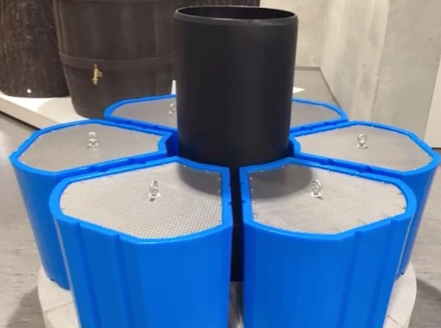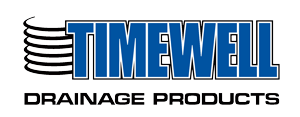Municipalities – especially metro areas with heavy snowfalls – are concerned with the negative impact deicing chemicals have on waterways and groundwater. A recent trend in stormwater management and treatment is recognizing the importance of both testing and monitoring the performance of manufactured filtration treatment devices (MFTDs) in the field.
One of the factors leading to this trend is the realization that deicing salts have a negative impact on the performance of MFTDs. The problem occurs when heavy metals trapped in the filters in summer months are released back into stormwater in winter months. Despite this recent discovery, testing protocols for MFTDs rarely consider the effects of deicing. Consequently, the environmental harm caused by heavy metals remobilizing due to deicing salts is missed.
As a guide to developing a test, we can look to a standardized stormwater-filter deicing protocol developed by a leading European technical authority (DIBt in Germany). This protocol was used to test the HydroChainTM Vortex Filter. The filters were tested with a concentration of Cu, Zn and deicing salts. To be approved for use in German stormwater-runoff treatment, filters must meet a stormwater standard that requires a minimal Cu and Zn release. This requirement is to prevent heavy metals in effluent from polluting groundwater and waterways.
We will present a testing method to illustrate the benefits of using this type of filter to mitigate the remobilization of heavy metals. This is an overview of the testing protocol:
- Heavy metals are applied to the stormwater filter media with different concentrations and at different flow rates.
- After filtration, heavy metals are measured in the effluent.
- Water with deicing salt is filtered and the presence of heavy metal in the effluent is measured again.
- The concentration of heavy metals in the effluent is compared to show the quantities before and after deicing salts are added.
When stormwater engineers, regulators and owners see the testing protocol (and the results of a relevant study), they will be able to consider the effects of deicing salts and the potential to improve the effectiveness of stormwater treatment. Beyond making a significant improvement in the quality of effluent stormwater, this testing protocol also has the added value of a new water-quality BMP emerging in the industry.
About Instructors






